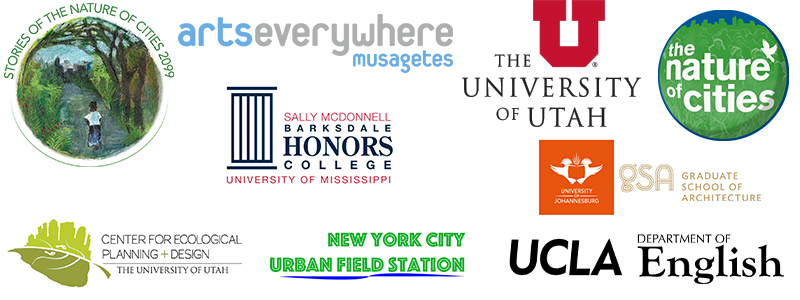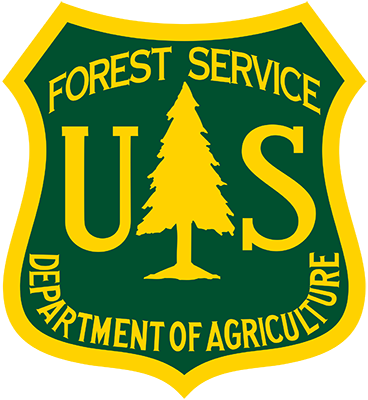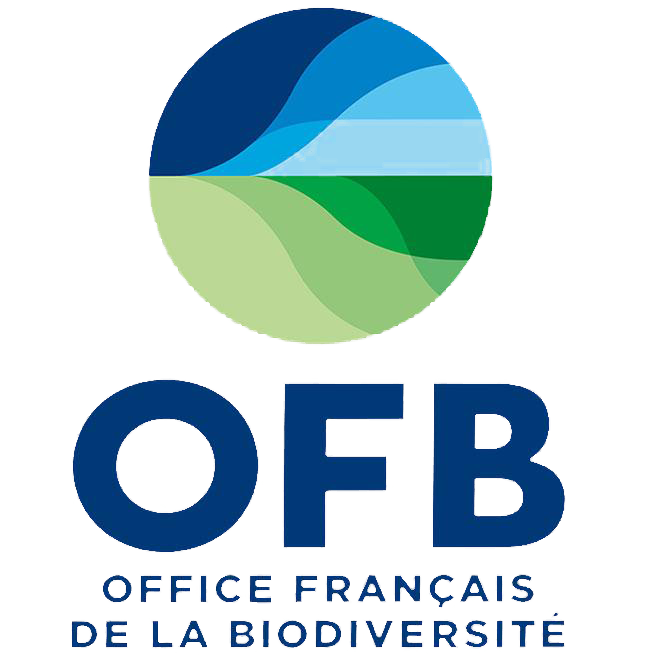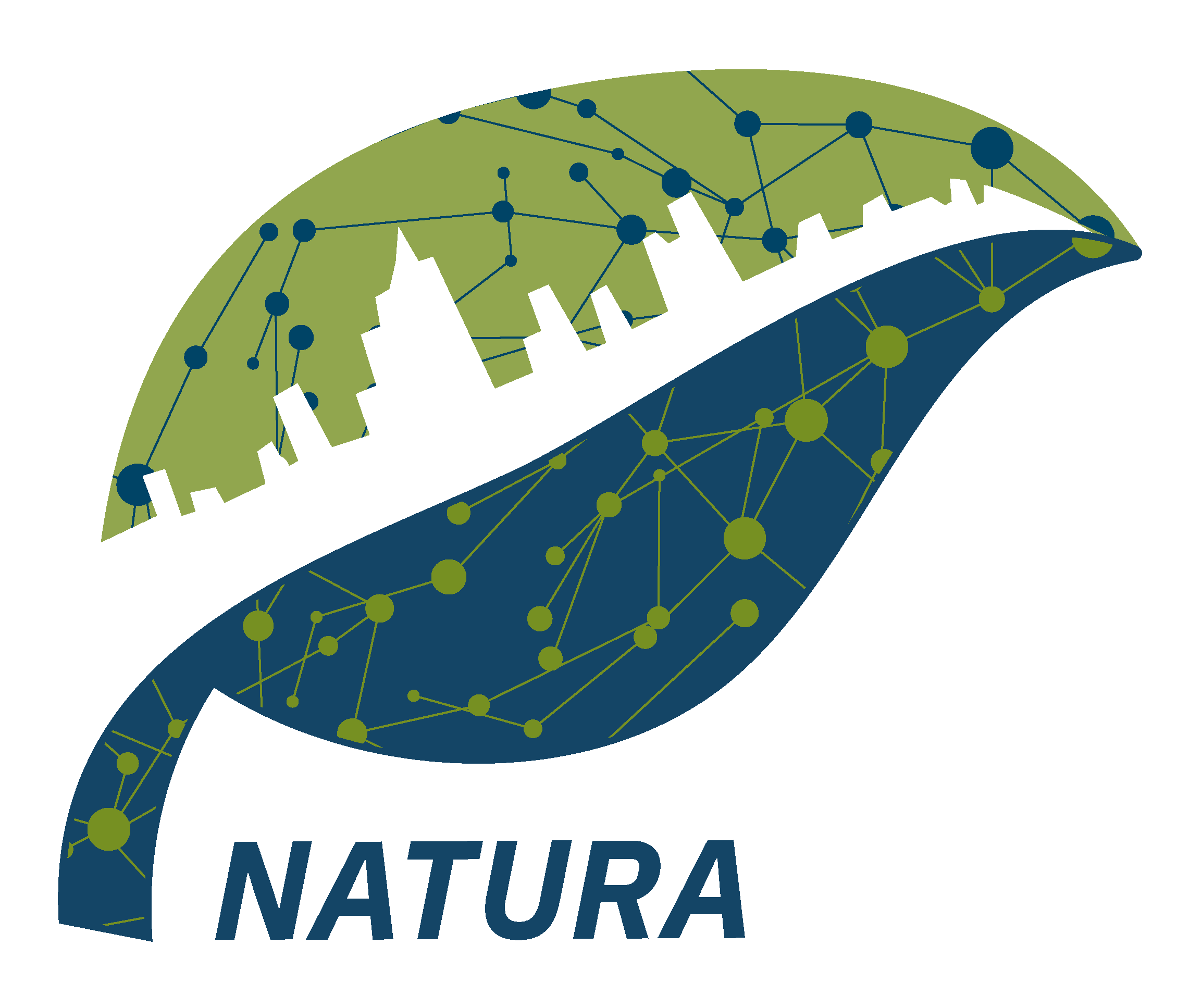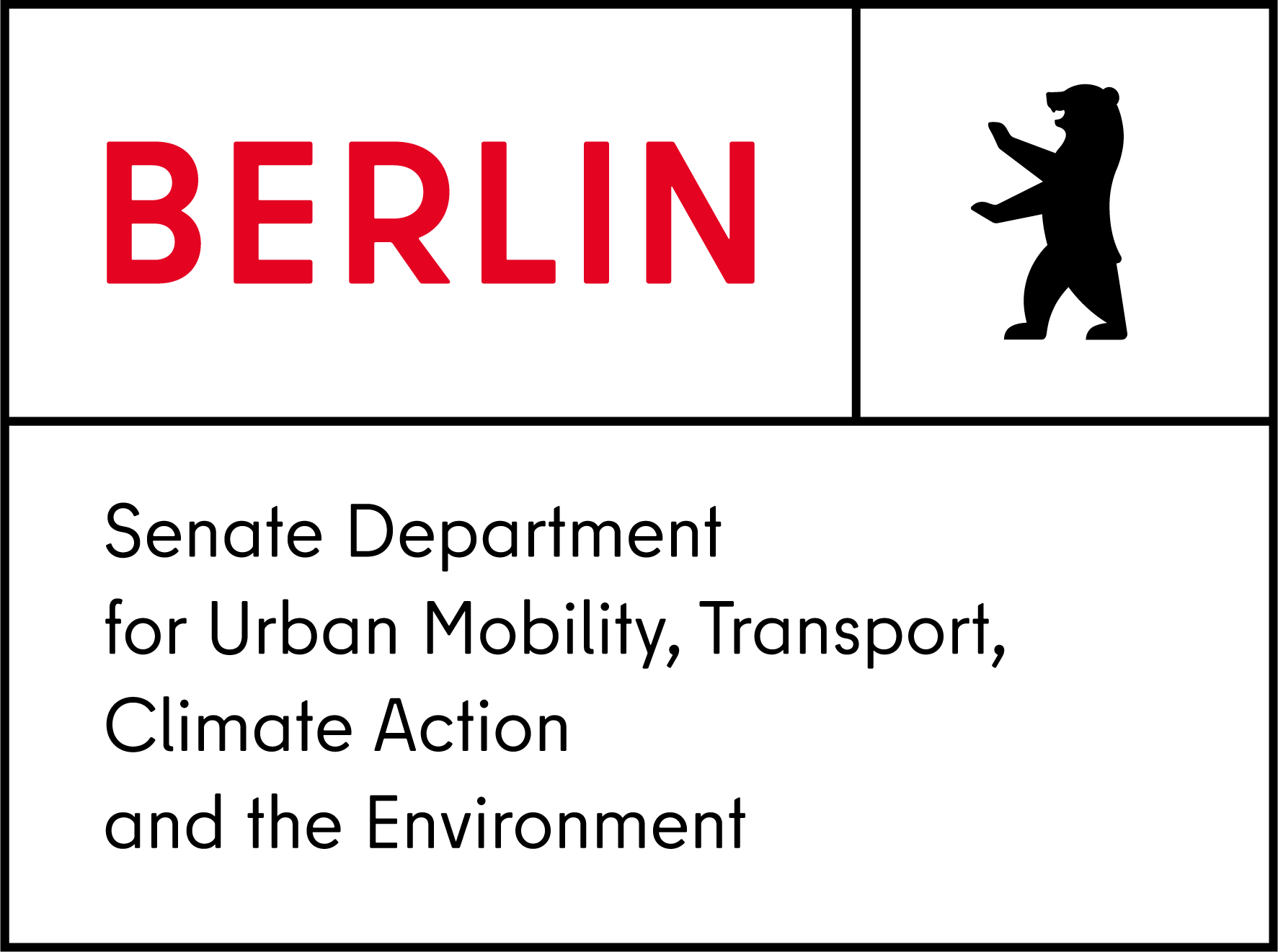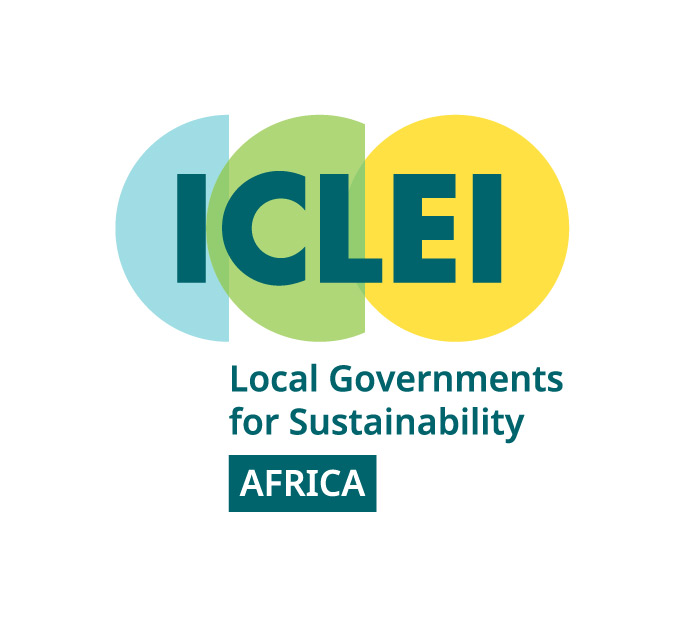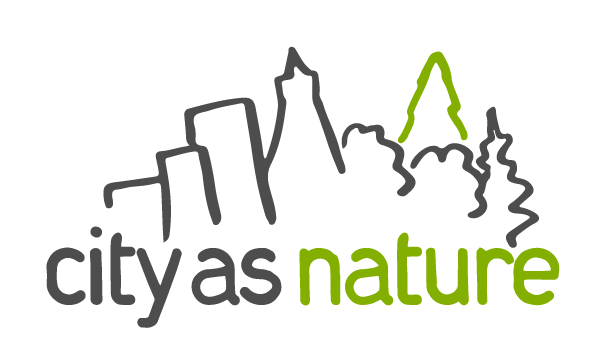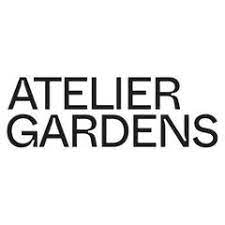Preface from A Flash of Silver Green:
Let’s Imagine Future Cities
(Jump to the Table of Contents.)
We aspire to future green cities around the globe—cities that are resilient, sustainable, livable, and just. What does this mean? There are many opinions and points of view.
Scientists and practitioners of all sorts have ideas about the future of cities, from climate and social scientists and ecologists, to planners, architects, and activists. Their solutions, as one would expect, are knowledge-based and technical in nature. They are typically framed this way, more or less: how do we identify problems and solve them.
The Nature of Cities is certainly interested in such approaches. And TNOC is also interested in multiple ways of knowing and modes of action, beyond science and traditional knowledge. In fact, we describe ourselves as a frontier organization, specifically interested in the edges where disciplines and ways of knowing meet, mix, and merge.
 This passion for the fuzzy edges between points of view is an organizing philosophy that links The Nature of Cities and ArtsEverywhere.ca. This spirit of mixing ideas launched the idea of Stories of The Nature of Cities. We wanted to explore creative visions of the future of cities, and we specifically wanted to ground these visions in realms related to but beyond science and policy—in the world of art, story, and imagination.
This passion for the fuzzy edges between points of view is an organizing philosophy that links The Nature of Cities and ArtsEverywhere.ca. This spirit of mixing ideas launched the idea of Stories of The Nature of Cities. We wanted to explore creative visions of the future of cities, and we specifically wanted to ground these visions in realms related to but beyond science and policy—in the world of art, story, and imagination.
You can get a copy of A Flash of Silver Green by buying it from the publisher for $20.Or, you can get it by donating $50 or more to TNOC (which helps us do more projects like this).
The opening of the winning story: Neither Above Nor Below
by Claire Miye Stanford, Los AngelesJakarta Is Sinking So Fast, It Could End Up Underwater
—New York Times headline, 12/21/17A flash of silver-green in the water. That is all Hasan sees, but it is enough. He runs after, alongside, his small legs propelling him across the planks and platforms that crisscross the city. The wood once scratched underfoot, but it has gone smooth with time and wear, just as the soles of Hasan’s feet have grown thick and hearty, able to withstand all but the sharpest of splinters.
He hasn’t seen a turtle for days. He promised Ricardo he would get one for him. He said it braggingly, hands on hips, in the way of eight-year-olds who still believe they are unstoppable, that the world holds no match for them. Now, days later, he is beginning to feel twinges of chagrin, a new emotion. But then, there it is: the flash of silver-green. Redemption.
…<continues>
So, we asked people to imagine, in the form of a flash or short fiction contest. Our original prompt read like this: What are the stories of people and nature in cities in 2099? What will cities be like to live in? Are they lush and green, verdant and biodiverse? What will cities look like, be made of? How will they be designed? Will they be tall, short, dense, underground, or under water? What of public spaces? Social organization? Government? Sustainability and food? Climate change and resilience? Poverty, consumption, wealth, and justice? How will we interact and relate to one another and the natural world? What sort of stories can we tell about our communities and the spaces that shape will them? What are the stories of people and the nature of cities in 2099?
Check our Volume 2 is this series: City in a Wild Garden.
The guidelines of the prompt were very simple. Stories had to be set in a city in the distant future (i.e. in or near the year 2099), be 1,000 words or less, and have as significant plot points both nature and people. We received 1,200 submissions from 116 countries, from young people, adults, established writers, emerging writers, first-time writers, and more. They wanted to write about their visions of the future.
Very diverse in form, these 1,200 stories include science fiction, magical realism, speculative fiction, and fantasy. Many of these visions are quite dystopic, presenting challenging scenes and challenged societies that had neglected nature to the peril of people, had experienced disaster and revolution, had seen cities drown and bake and disintegrate. Justice and inequality are common themes, in communities divided into haves and have-nots.
PUBLICATION STUDIO is a publisher of original books distributing through a global network—a printer and binder able to make books one-at-a-time and a social gathering place for those interested in publishing. Publication Studio, founded in 2009, prints and binds books of works by artists and writers we admire.
As Ursula Heise writes in the book’s introduction: “Stories such as the ones in this book often see ecological crisis as a gateway to a new awareness and a new attribution of value—both cultural and economic—to the natural world and nonhuman species.” [You can read her whole introduction here.]
Indeed, there are also stories of great beauty and hope, with nature that shines through the rubble, where people and the wild have merged in fundamental ways, where people were buried and rose again, where people moved and adapted; worlds with people whose beating hearts find comfort and life and love in reconceived cities embedded in thriving nature.
Fifty-seven of these stories from 21 countries are in this book, including the seven that we judged to be prize-winners, authored by women from the United States, Canada, and India. These winners are placed at the beginning of each of the book’s four sections. The overall winning story—“Neither Above Nor Below” (by Claire Stanford)—leads the section called “Water/Climate Change” (many stories depicted drowned cities in the future) followed by prize-winners “Uolo and the Idol” (by Alyssa Eckles) and “The Garden” (by Alice Towey). The section “Biodiversity” is filled with stories of wildlife, plants, and food and starts with prize-winners “from eaves to footfall” (by Joanne Bristol) and “May Apple” (by Elizabeth Twist). Many submitted stories were about technology, from smart devices to surveillance that can be avoided only in nature—and we gathered these in a section of the same name, led off by “The Ten-Percent Thief” (by Lavanya Lakshminarayan). Finally, the section “Children” is populated with young people making their way, often towards and not away from nature; young people who are trying to make different choices than their ancestors. This section starts with “Child of the Oasis” (by Ari Honarvar).
This remarkable collection of 57 stories challenges us to think on how we act today in the service of both people and nature. They offer us imaginings of futures that emerge inexorably from the actions of now—some dire and some hopeful, but all radically different from today.
A collection such as this is produced with a lot of help, and so the editors first want to thank the sponsors of the project: The Nature of Cities, ArtsEverywhere.ca, the University of Utah, the University of Mississippi, the University of Johannesburg, the University of California at Los Angeles (UCLA), and the New York Urban Field Station (a joint venture of New York City Parks and the U.S. Forest Service). At these institutions, we are especially grateful to Shawn van Sluys (Musagetes Foundation); Diane Pataki and Sarah Hinners (University of Utah); Douglass Sullivan-González (University of Mississippi); Lesley Lokko (University of Johannesburg); Ursula Heise (UCLA); and Lindsay Campbell, Erika Svendsen, and Bram Gunther (New York Urban Field Station).
We are fundamentally indebted to the 125 readers who helped us review the stories. These readers were from around the world, and we thank them. We could not have done this without them.
Many thanks to our executive committee, who read and discussed the final 120 stories and made the selections for this collection. Members of this committee, made up of writers, artists, and scientists, were Darryl Butt (Salt Lake City), Paul Downton (Melbourne), Joe Gleason (Washington), Bram Gunther (New York), Peter Head (London), Ursula Heise (Los Angeles), Sarah Hinners (Salt Lake City), Diane Pataki (Salt Lake City), Mary Hall Surface (Washington), Cheryl Resetarits (Oxford), Paul Douglas Michnewicz(Washington), Curtis Walker (Guelph), Patrick Lydon (Osaka), and Dimitra Xidous (Dublin).
We hope you enjoy these 57 stories and that they inspire you to consider the future of the nature of cities.
David Maddox, New York
Curtis Walker, Guelph
Malerie Lovejoy, Oxford
May 2019
Preface: Preface from A Flash of Silver Green:
Let’s Imagine Future Cities, by David Maddox, Curtis Walker, and Malerie Lovejoy
Introduction: Imagining Future Cities in an Age of Ecological Change, by Ursula Heise
Section One: Water/Climate Change
- “Neither Above Nor Below” by Claire Miye Stanford, First Place
Hasan chases a turtle around the waterways of the city. - “Uolo and the Idol” by Alyssa Eckles, Third Place
Uolo discovers an idol of a woman while fishing in the automobile reef. - “The Garden” by Alice Towey, Second Place
Laura sneaks onto the rooftop garden of a high-rise building on a mysterious mission. - “Old Father Thames” by Rym Kechacha
The narrator is playing on the riverbank of Old Father Thames when a flood warning is issued. - “Down Come the Rain” by Réka Csontos
Serafina tries to escape to an underground city before the start of the Rain. - “Category Ten” by Shauna Brock
Magda waits out a storm inside a flood-proof club. - “Antediluvian” by Theo Kogod
The narrator chases their brother into the Old City after he is injured in a knife fight over his family’s past. - “The Coastal Age” by Adam Norris
A group of excavators go exploring in a cavern that opened up, revealing artifacts from the time of the giants. - “One-Way Tickets” by Pinyu (Pearl) Hwang
Two characters, one from the Sunken City and one from the Cloud City, escape their hometowns for a different life in the Middle City. - “The Cathedral” by Sierra Adler
Two young adults take refuge by a pond inside a green space bubble before going to a social forum. - “NCGCC 2099” by Chris Rothery
The Delegate from Los Angeles attends the New Century Global Cooling Conference in New New York. - “Clean Break” by Ben Howels
Shelley argues with a Councilor about the fate of Oceanum. - “The SlowDown” by Carmiel Banasky
The narrator serves as peacekeeper in a SlowDown with a willow in it. - “City of the Last Breath” by Tasha Kerry Smith
The narrator rides a pod down to the seabed city of Orpheus to become a test subject for drug labs and fulfill her dream of seeing a dog in real life. - “Dandelion and the Floodshark” by Daniel Uncapher
Dandelion and the narrator prepare for the next in a series of apocalypses.
Section Two: Biodiversity
- “from eaves to footfall” by Joanne Bristol, Third Place
A description of a city that centers on the migration patterns of buffalo. - “May Apple” by Elizabeth Twist, Third Place
Sammie receives her seeds to look after on her 21st birthday. - “The Flyover Jungle” by Benjamin Ong
A cartographer and an ecologist survey an unmapped part of the abandoned, overgrown motorways. - “Night Path” by Jenifer Purcell Rosenberg
Lennox goes in search of their grandmother’s favorite berries in the Marketplace. - “Isabella’s Garden” by Chris Lundy
Dave sells his harvest of strawberries to World Resource Management. - “Waterways and Dreamscapes” by Lannah Marshall
The narrator spends a day with their grandparents selling spices and food at a floating market on a tourist canal. - “Happy Hour at the Green Man” by Kate Wing
A small bar in the middle of the city has a portal to an ancient ghost forest. - “The Trouble with Yards” by Amogh Arakali
A rich man and a young woman on a taxi ride talk about a bird infestation in the man’s front yard. - “Flying North” by Xania Keane
A half-Neanderthal meets a woman in a park who shows him a patch of flowers that have regrown after previously being thought extinct. - “Ecology” by L. H. Metzger
Ajura looks after the last living jasmine plant. - “Amara – And Then There Was One” by Seth Butterfield
Amara lives with their owner until one day after the man goes out into the world for food. - “Listen” by Amanda White
Sam pitches her idea for the Next Phase to a group of state leaders with the help of Biotranslators. - “The Audience” by Robert Marmeaux
The narrator translates their first full Audience listening to the trees on their college campus. - “Contraband” by G. Pearl Kilgore
A woman engages in illegal food production in a tunnel below the Mississippi River between Section Brown and Section Green. - “Precautionary Principle” by Laurel Standley
Dr. Mariam Mansour argues with a colleague about border security while walking through her farm and waiting on a guest. - “Roots” by Ceri Savage
The narrator lives a day in their city and talks to the United Land Government about their community. - “The Woods” by Nathan Stone
Allie takes the bus to work and learns that the Woods are getting closer.
Section Three: Technology
- “The Ten-Percent Thief” by Lavanya Lakshminarayan, Third Place
Nāyaka disguises herself as an Analog farmer and crosses the Meridian Gate to steal flowers from the Virtuals. - “Where Grass Grows Greener” by Jenni Juvonen
The narrator explores a forest and meets a fox. - “June Bugs in Glass Jars” Tatiana Shashkova
The narrator travels the city trying to decide whether or not to testify in a criminal trial. - “Tadala” by Andrew C. Dakalira
Tadala is brought in to the police station for accidentally littering on the way to church. - “The Third-Party Man” by Theo Leworthy
A problem solver for the Third-Party investigates a mayor who has declared himself the prince of a micro-city. - “The Trawlers’ Gifts” by Carey Ford Compton
Shen works at his job collecting trash from trawlers with the help of an Artifacian named Mat. - “Tree” by Mariusz Loszakiewicz
Health concerns lead the narrator, who lives in a tree, to take matters into his own hands and break government regulations regarding nanodrones. - “Otto” by David Fallon
Otto repairs a mechanical cardinal at the park that he works at and makes a shocking discovery. - “Labour” by Jonny K. Walker
Arnold stops working at his job matching lights for the first time and discovers the consequences or lack thereof. - “The Hive” by Filippa Malmgren
A student runs late to an exam due to train delays. - “Detroit 2099: B-Boys and Poppers Antique Break Fest” by Jeremy Nathan Marks
The narrator tells the history of the B-Boys and Poppers Antique Break Fest, commonly known as Flash Fest. - “Escape from the Butterfly Apartments” by L.N.
Noora attempts an escape from her exclusive apartment complex to avoid having to keep paying her rent after losing her job. - “And They Will Come” by Isa Prospero
Ana goes on a date with a guy from outside the Self-Contained City, and the two compare their cities.
Section Four: Children
- “A Child of the Oasis” by Ari Honarvar, Second Place
A mother and daughter meet an undocumented refugee on their annual ride to the father’s Remembrance Wall. - “The Tree” by Ryan Uytdewilligen
Janie is kept in a cell separated from her father, who sends her gifts to teach her about what the real world used to be like. - “Not Icarus” by Michael Harris Cohen
A grandmother defies social law by killing birds to try to save her granddaughter from disease. - “The Sky Window” by Kelsey C. Brock
A man and his sister’s granddaughter discover a raspberry bush growing in the back shed. - “Take Your Daughter to Work Day” by M. R. Cain
A mother takes her daughter to her work at the A.I. wheat-harvesting tower. - “For Want of a Nail” by Maya Levine
Seurat argues with a geologist outside of her Field Unit about the closure of the Field Museum. - “Let Time Fly” by Nicole G.
Liv turns off her phone and goes for a walk through her fast-paced city. - “Roamer” by Laura Coleman
A sym meets a child while exploring an Outter city. - “Bearing Intent” by Chip Colquhoun
A man and a woman are granted conception rights in a world that alters natural perception. - “Fire Season” by Danielle Hayes
A wanderer girl and the daughter of a communal estate manager talk while hiding out from forest fires. - “Reclamation” by Lara Apps
A search-and-rescue team searches a lithification zone for a lost boy, hoping to find him before he turns to stone. - “The Tree Remains” by Arielle So
For a school project, Renzo talks to his grandfather about his siblings and how cities used to be structured.
